
Where mystery flows through the gaps between.
In the space between tissues lies a universe of unknowns. These voids carry signals, store secrets, and spark sensations like pain, smell, and memory. In this cosmic realm, nothing is empty. Every shadow holds a story. Scientists are just beginning to understand what goes on here.
Try this: What do you see in the shadows? A galaxy? A ghost? A signal? What question would you ask if you could send a message through this strange space?
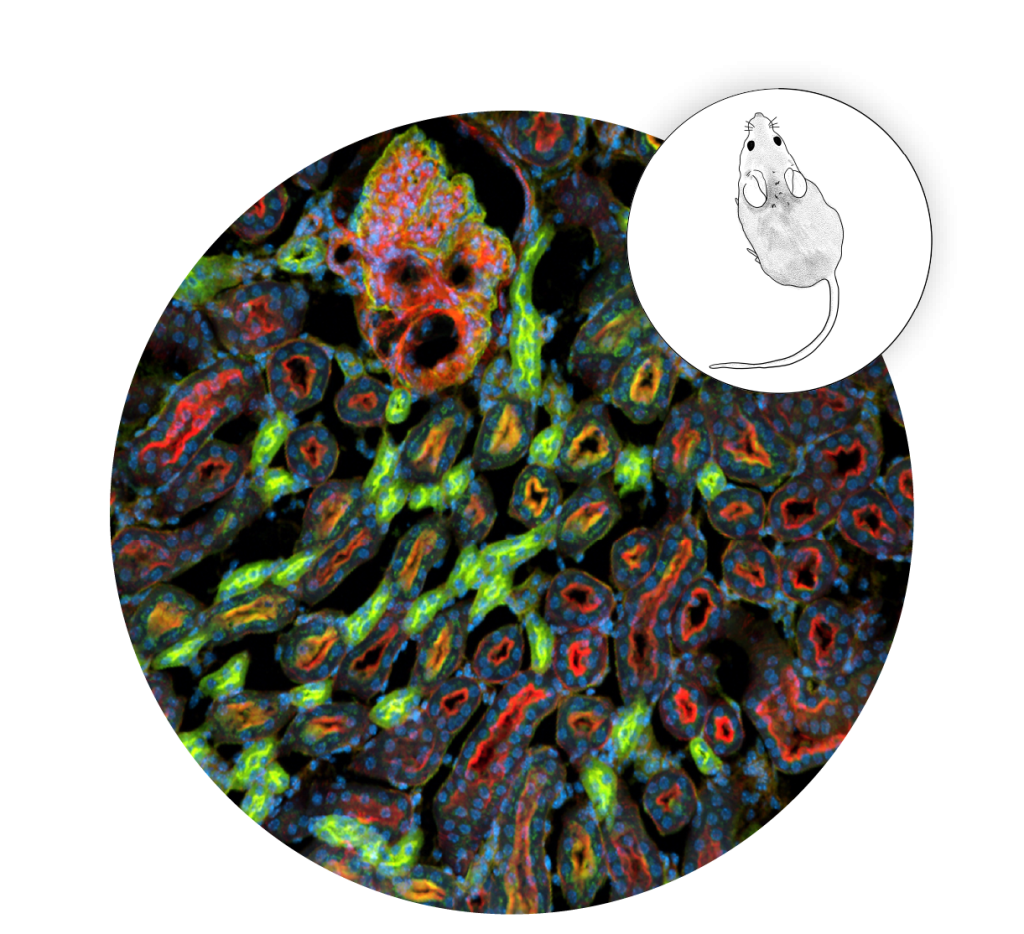
Ichabod’s Kidney: Mouse kidney glomerulus (Credit: Dr. Ramon Ocadiz)
A ghostly face seems to scream from the tissue, a coincidence created by the section’s shape. In reality, it’s a glomerulus — the kidney’s tiny filter. It lets water and small molecules pass while holding back blood cells and proteins. Millions of these filters keep our blood clean.
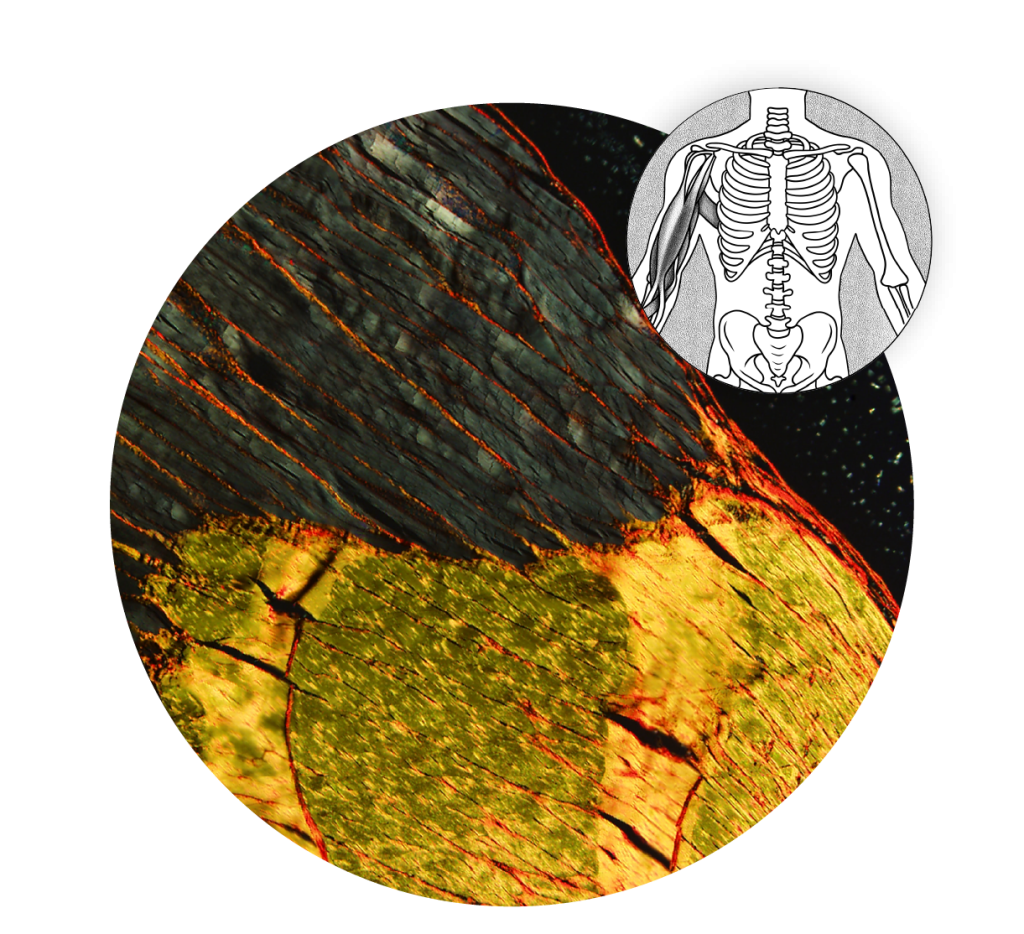
Interface: Junction between muscle and tendon (Credit: Dr. Pablo Moncada)
Bright fibers meet a dark mass showing exactly where tendon (yellow) meets muscle (black). This junction solves a design puzzle. Muscles must transfer force to bones to create movement, but the softness of muscle and the rigidity of bone require an in-between to prevent tearing: tendons, which can handle tension and stress. A smooth handoff prevents tears and lets us run, lift, and play.
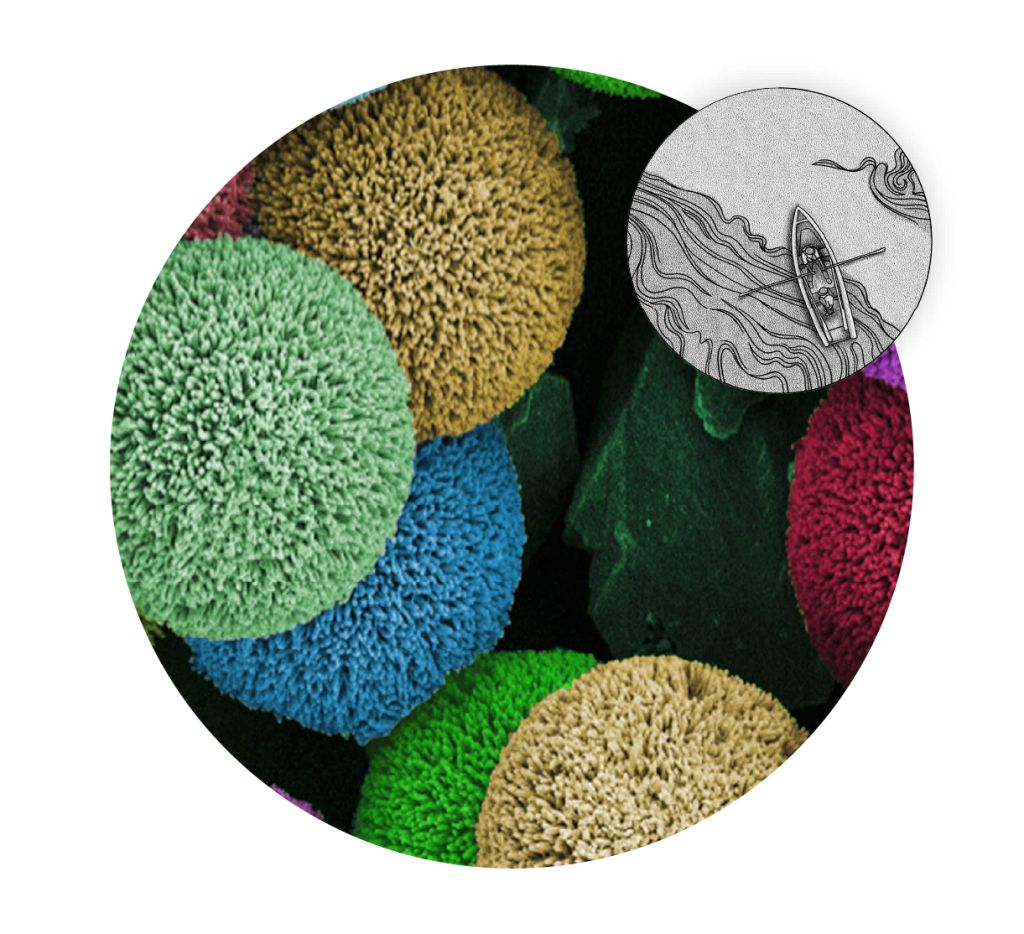
Dust Bunnies: Particles designed to help clean oil (Credit: Dr. Joong Hwan Bahng)
Originally designed for water-repellent applications, these particles (made by growing zinc oxide on tiny plastic beads) surprisingly dispersed well in water; a discovery that led researchers to realize their potential in cleaning up oil. These tiny “dust bunnies” can break down oily substances and may one day replace toxic solvents used in paints or help clean oil spills, turning lab surprise into an environmental solution.
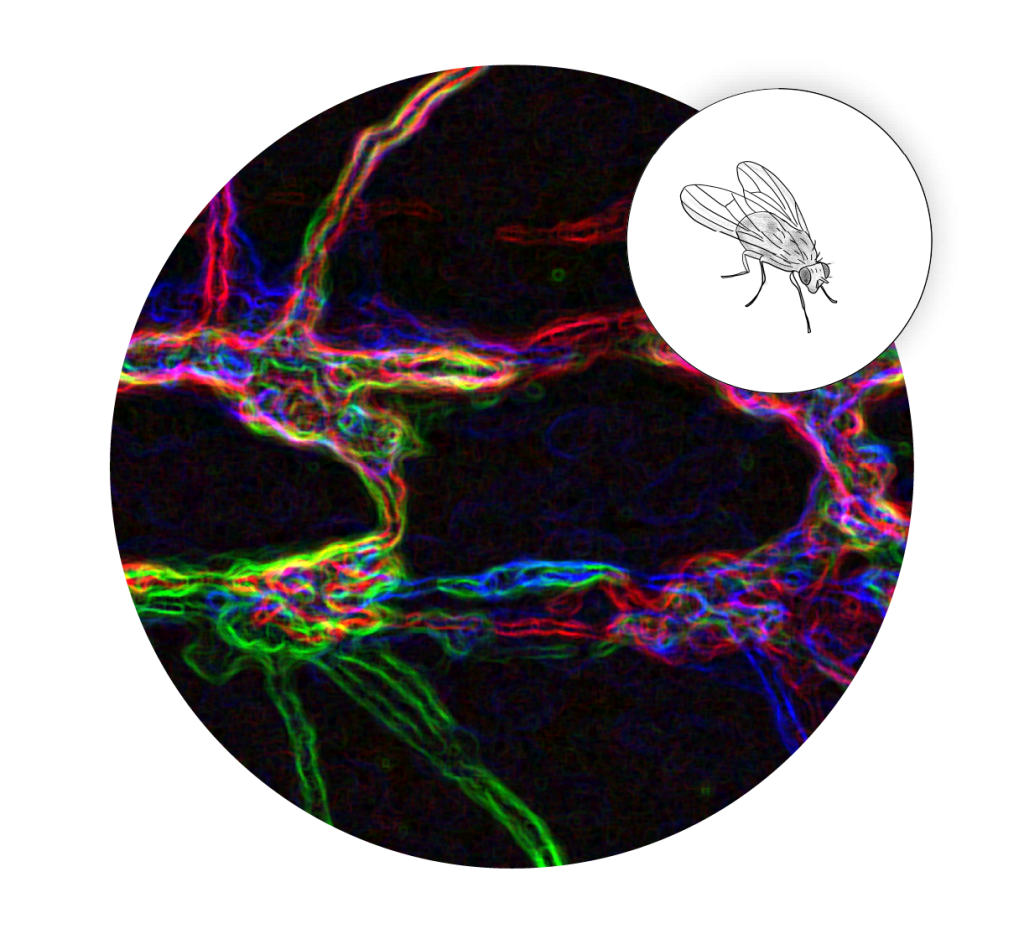
Pain Circuit: Fruit fly sensory neurons (Credit: Dr. Takuya Kaneko)
A rainbow ladder of nerves spans the larva’s body, each hue marking distinct cells created by a genetic labeling technique called “Brainbow.” Mapping these pathways by assigning different hues to neurons shows how pain signals travel to the nervous system. Because many wiring rules are shared across species, what researchers learn about pain in fruit flies can provide insights into how pain circuits work in human beings. The color code turns a private sensation into a visible circuit anyone can trace.
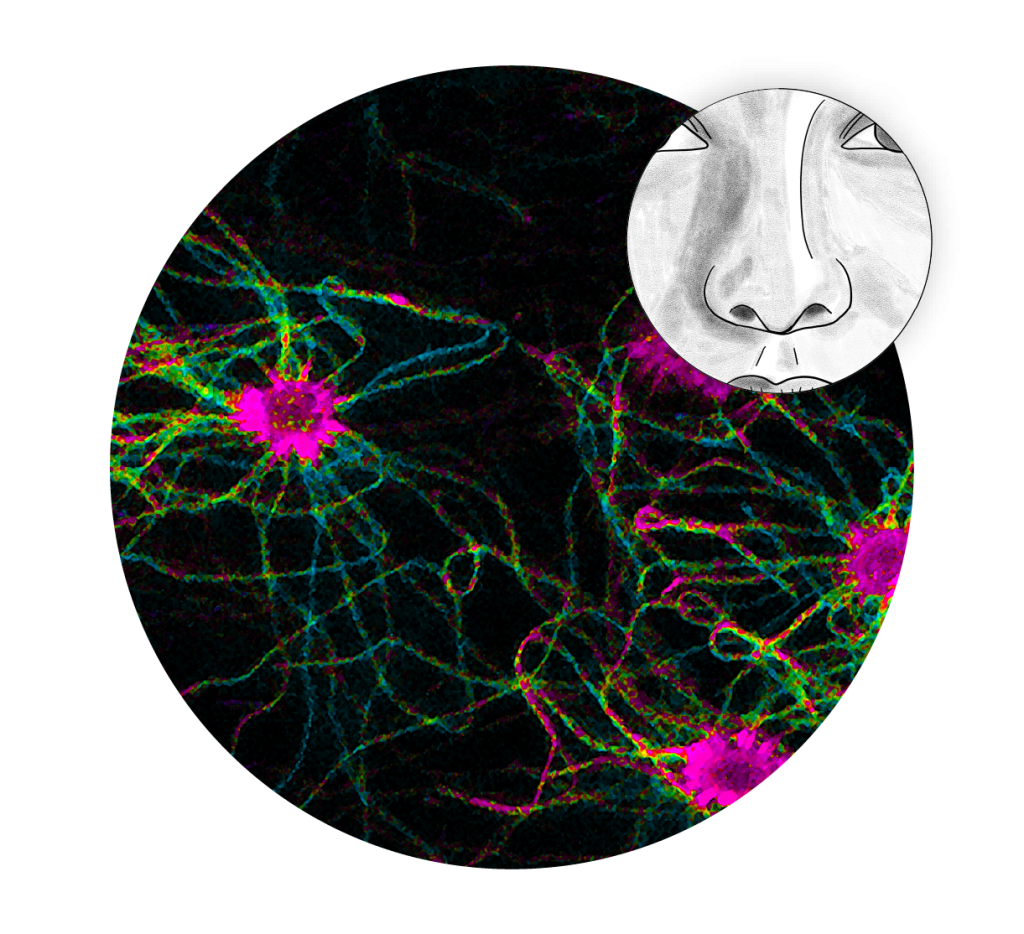
Odorabunt Spectro: Olfactory neurons
This image by Dr. Jeremy McIntyre at the University of Michigan shows olfactory neurons: the cells responsible for detecting smells. The hair-like cilia extending from each neuron (seen here in high detail) are crucial for picking up scent molecules in the air. People with damaged or missing cilia often lose their sense of smell. Studying these structures helps researchers understand how the olfactory system works and could support new treatments for smell loss.